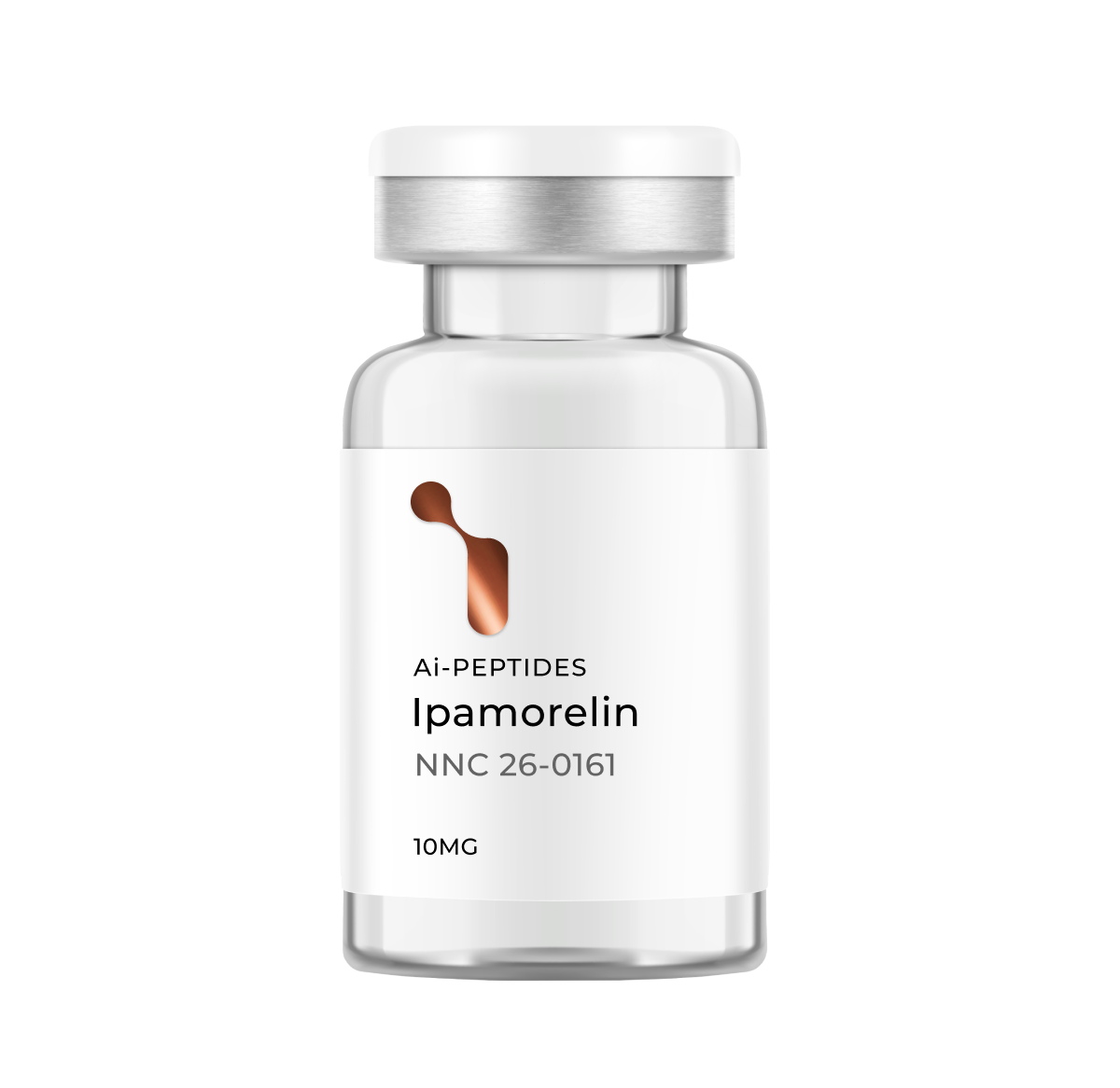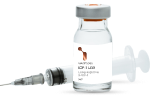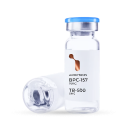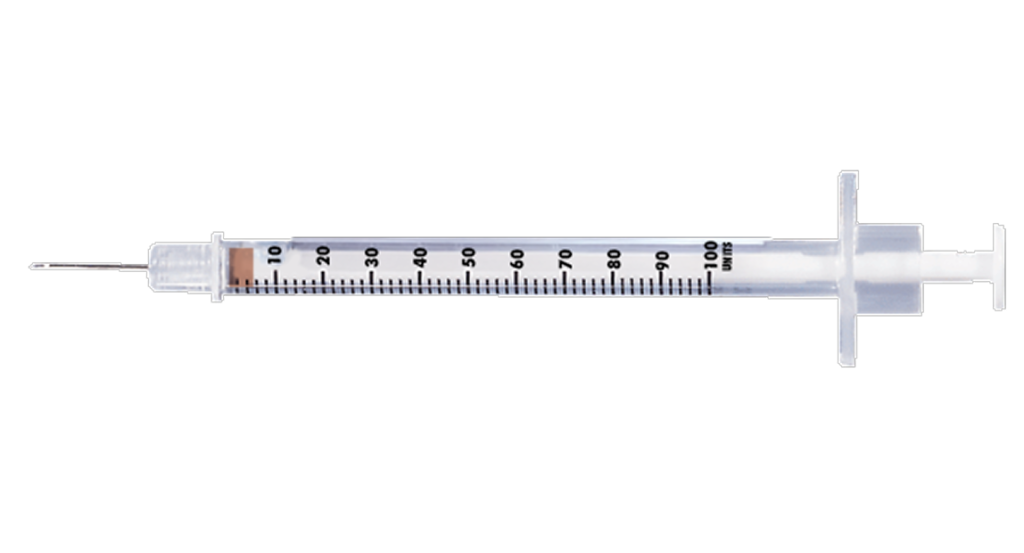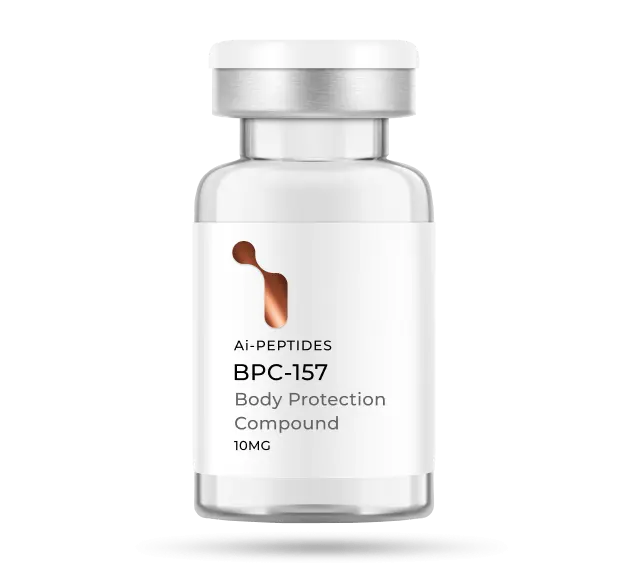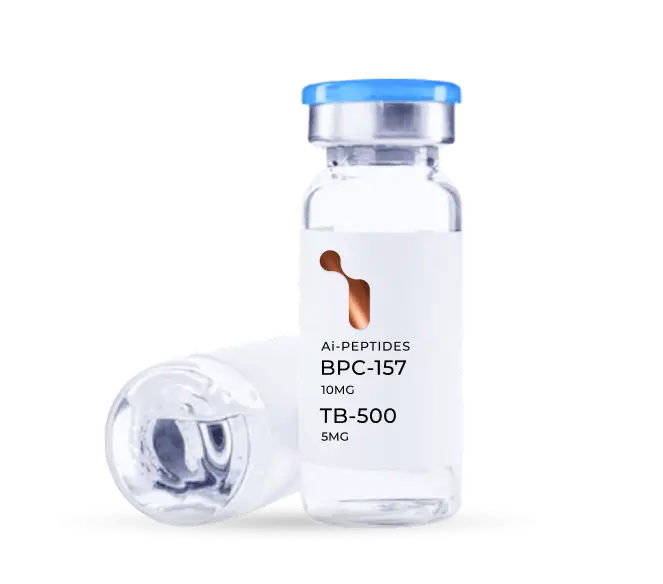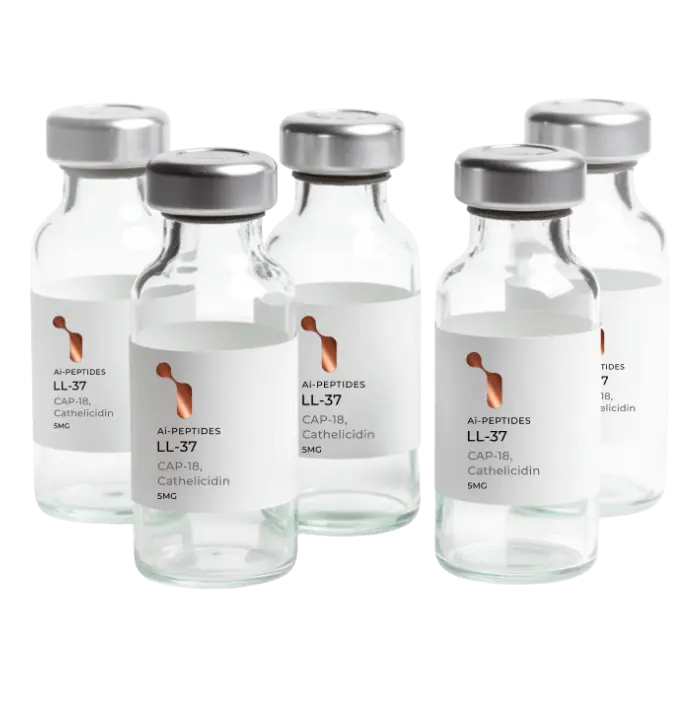Ipamorelin is a selective ghrelin receptor (GHSR) agonist—a growth-hormone secretagogue used to study how the body naturally signals GH release. In plain terms, it sends a clean “go” signal to the GH axis, which is why it’s popular when researchers want to model pulsatile GH dynamics in a controlled way.
In research discussions, Ipamorelin is often contrasted with older secretagogues for its receptor selectivity. Teams look at GH pulse amplitude vs. frequency, downstream IGF-1 patterns, and how timing (e.g., sleep/exercise windows) may influence readouts. Some groups also monitor appetite-related signaling and gastric markers because the ghrelin pathway connects to those circuits. These are research signals, not medical outcomes, and results vary by model and protocol.
What sets our Ipamorelin apart is verified purity and identity. Each batch is sequence-confirmed (e.g., mass spectrometry) and purity-checked by HPLC with ≥99% purity (typical). You receive a lot-specific Certificate of Analysis (COA) showing the actual test data—clear proof, not guesswork.
We emphasize repeatable consistency. Specifications are kept tight from batch to batch and every lot is tracked, so when you reorder you can match the same analytical fingerprint you liked before—useful for method development, comparisons, and follow-up work where consistency matters as much as the initial result.
If you want a modern GH-axis tool with transparent documentation and high purity, Ipamorelin from AI Peptides delivers exactly that—well-characterized material, clear COAs, and reliable performance for rigorous lab work.
